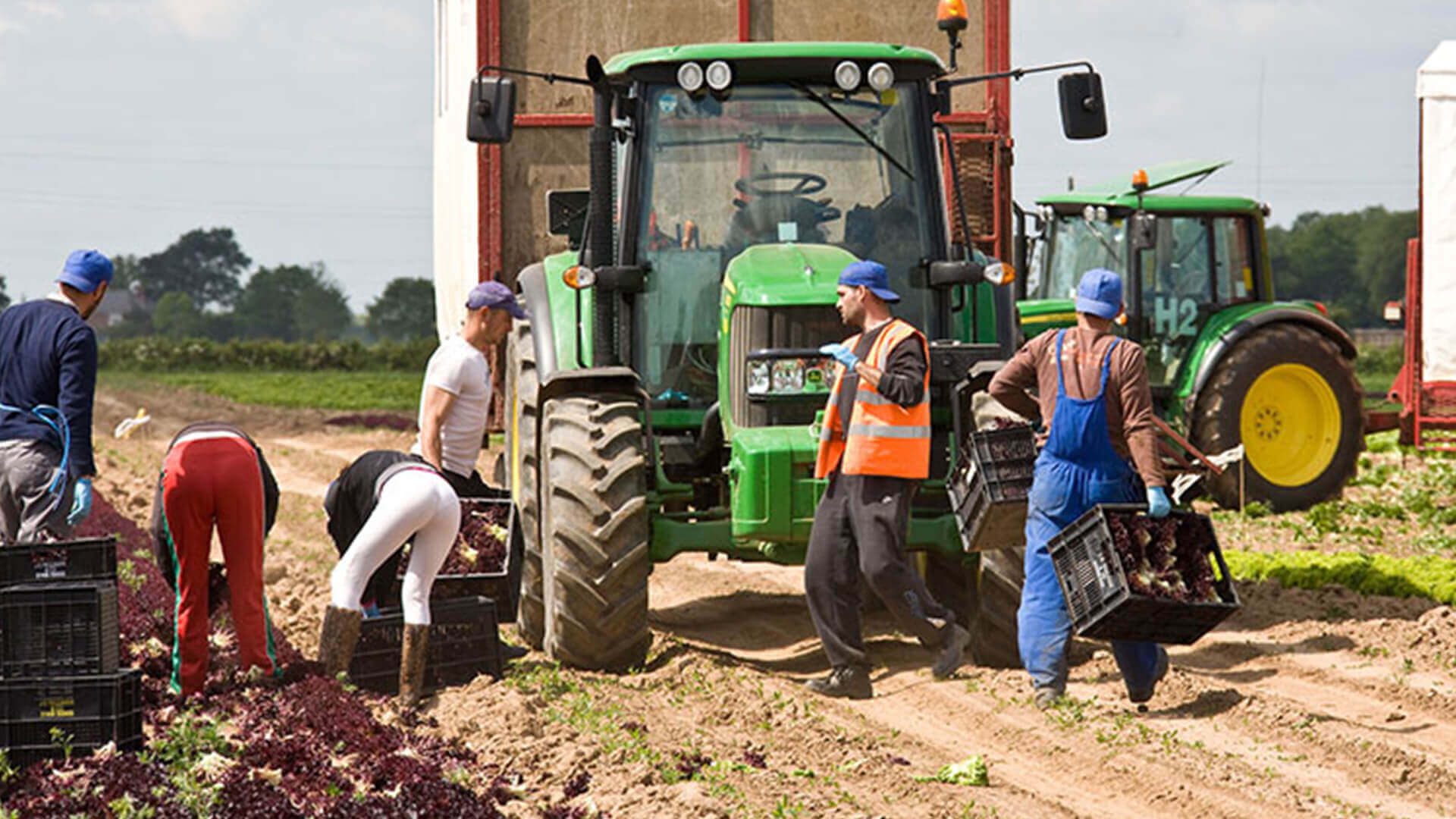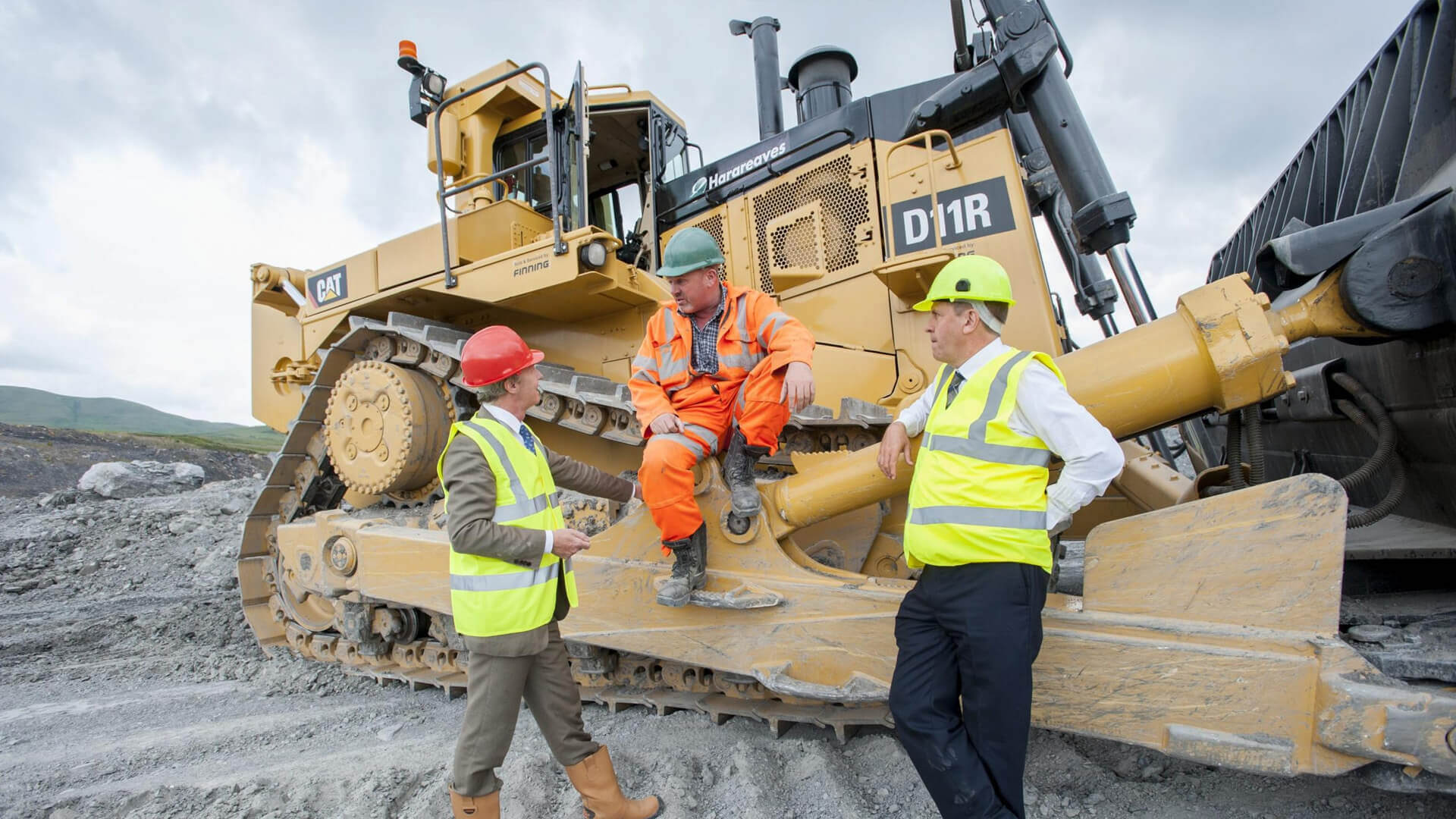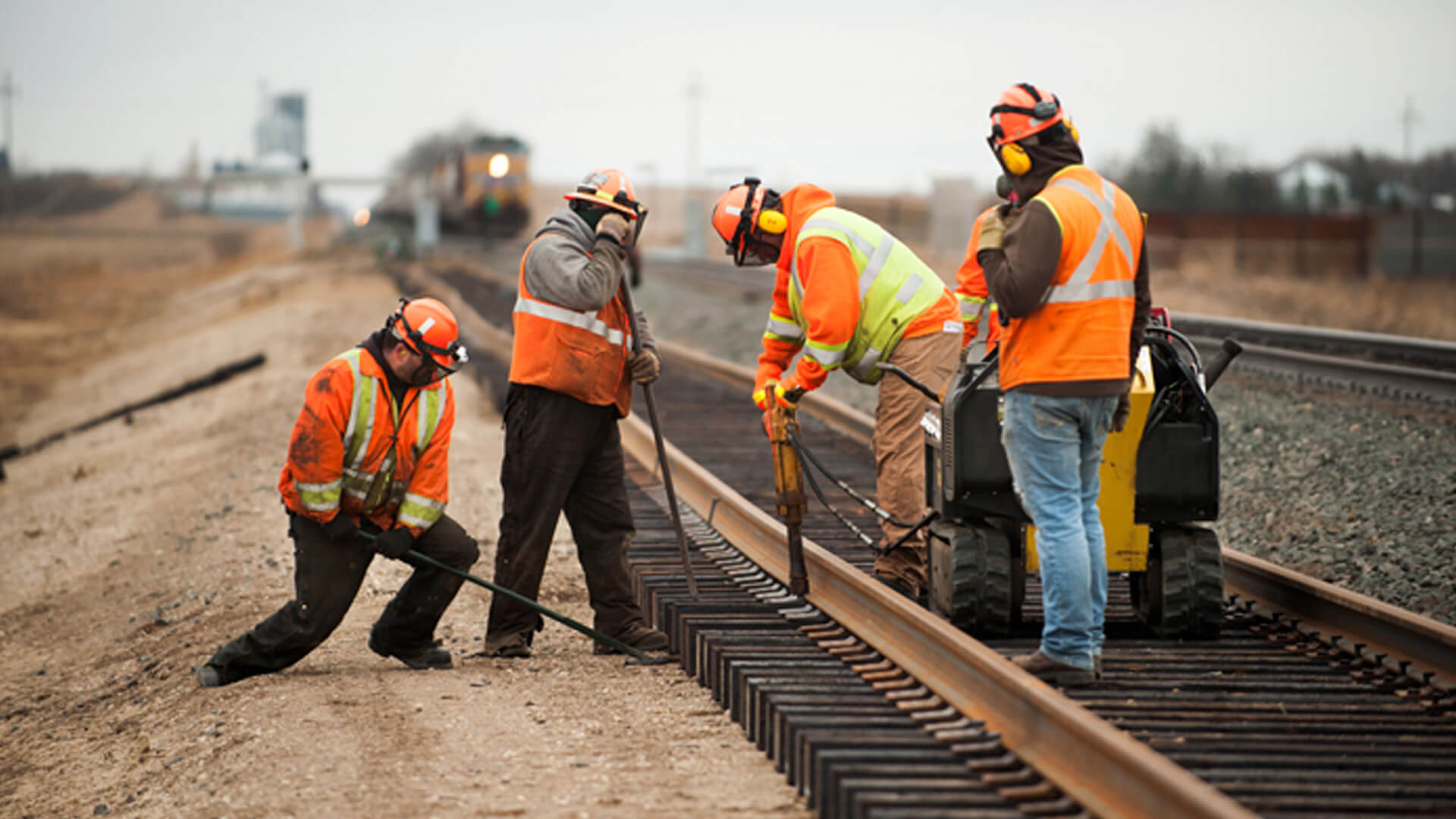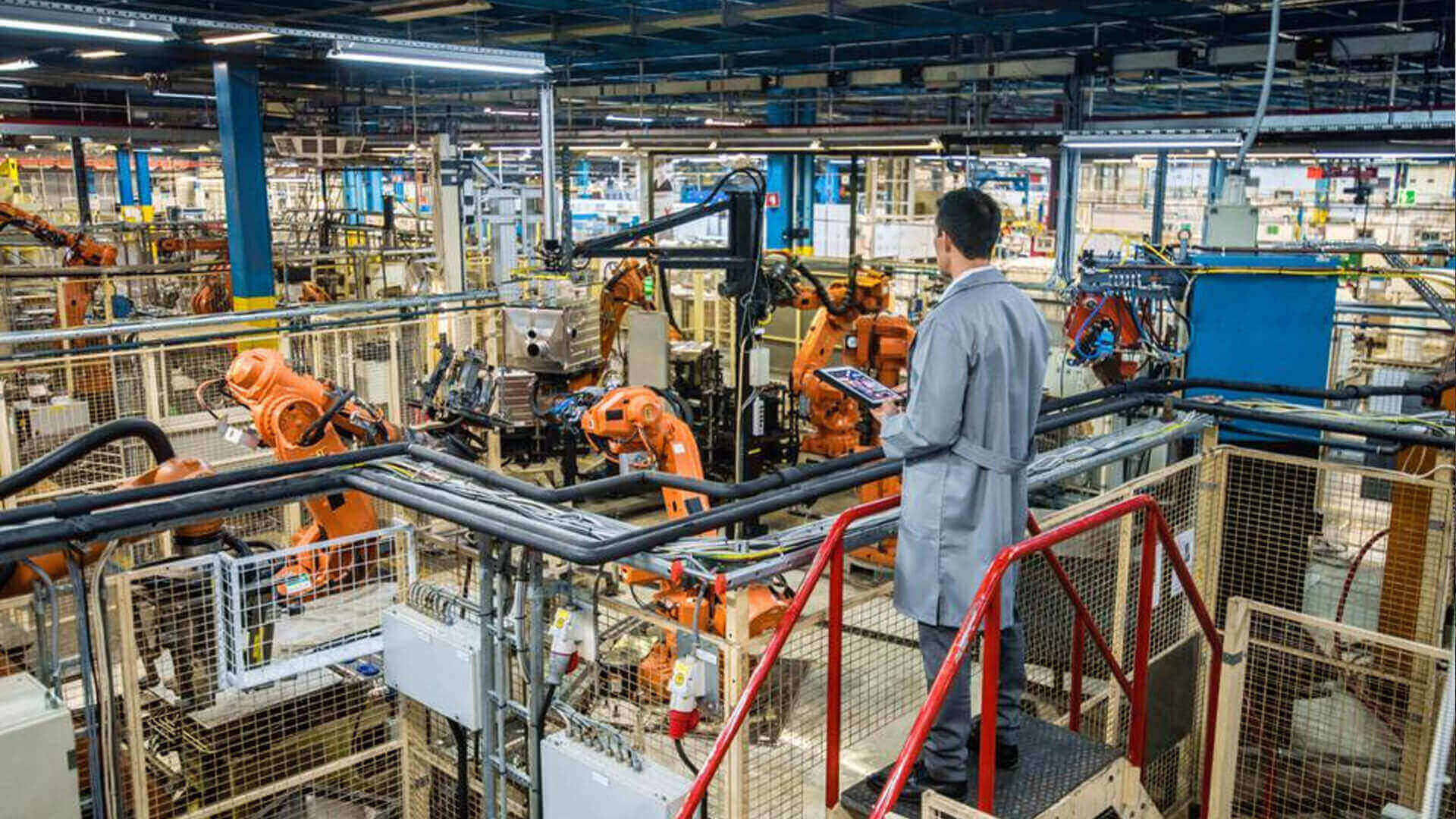Roots in the Industrial Revolution
The first move towards what we would recognize today as “workplace safety” began during the Industrial Revolution in Europe. This era saw a massive expansion in industrial and factory-based work in many countries. Before long, workers formed unions to demand better working conditions. Eventually, European governments responded by introducing rudimentary employee safety regulations.
These first regulations were almost always industry-specific, with little consideration for each other. Some of the most-affected industries at the time were:
1. Agriculture
Fortunately, advances in science and medicine also introduced new protections, and workers began demanding access to them. For example, our understanding of disease expanded rapidly during this era, leading to better treatments and prevention plans.
Injuries from farming equipment could be treated with newer, more effective medical techniques. And a better understanding of the dangers posed by agricultural chemicals eventually led to better testing and labeling requirements by the twentieth century.
2. Mining
Yet another dangerous industry was made even more dangerous by introducing new technology: the steam engine into mining. Child labor had long been used in many industries, including mining. But the introduction of the steam engine allowed mine owners to pump water out of deeper and deeper shafts, driving their workers even further underground.
Underground engine equipment made deep mines even more dangerous. They introduced vibrations into unstable shafts, spewed poisonous and flammable gases, and dislodged rockslides.
3. Railroads
Steam engines also led to the invention of rail transport. Early steam engines might have been slower than their modern counterparts, but they were also less stable. As a result, train wrecks and boiler explosions were common causes of injury and death in the early years.
Despite those early dangers, railroads multiplied in popularity for transporting both people and freight. But eventually, that popularity made rail accidents too common to ignore. So by the end of the nineteenth century, air brakes, automatic couplers, and handholds were nationally-mandated in both the US and the UK.
4. Manufacturing
The Industrial Revolution moved manufacturing from village workshops onto factory floors. This led to a broad range of safety concerns that were not immediately obvious to workers or factory owners.
Poor ventilation and close quarters led to the rapid spread of disease among workers. Long hours and cluttered workplaces led to fatigue and many accidents and injuries. Following union strikes, the UK government passed the first manufacturing workplace safety law in 1802—the Health and Morals of Apprentices Act.
Labor laws appeared around the world
The organization of labor unions and workplace safety standards picked up after World War 1. The International Labour Organization (ILO) spearheaded this movement for many years. It included representatives from nine countries, including the United States, the UK, Belgium, Cuba, Czechoslovakia, France, Italy, Japan, and Poland.
The standards pushed by the ILO represented what we would recognize today as the first “modern” labor and safety laws. But by the 1970s, they had become out of date with current health and safety expectations in many western countries. In particular, by the latter half of the twentieth century, it had become evident that industry-by-industry regulation was cumbersome to manage and prone to dangerous inconsistencies.
Change came quickly in this era, in the US, Canada, and the UK in particular.
The United States
The US Federal government formed the Occupational Health and Safety Administration (OSHA) in 1970, tasked with passing, regulating, and maintaining health and safety business standards for the entire country. Notably, OSHA was tasked with managing workplace safety for all workers, regardless of industry.
Canada
In 1978 Canada formed its equivalent Federal agency, the Canadian Centre for Occupational Health and Safety (CCOHS). The Canadian government tasked it with pushing for “the advancement of safe and healthy workplaces and preventing work-related injuries, illnesses, and deaths.”
The United Kingdom
In 1974, the UK passed the first act in a series of strong workplace safety legislation—the Health and Safety at Work Act (HSWA). This Act lays out the responsibilities of employers for ensuring the safety of their employees and the public. It also sets out the duties individual employees have in maintaining their own and others’ safety.
The 1990s saw two other significant pieces of workplace safety legislation pass in the UK. The first was the Notification and Marking of Sites Regulations (NAMOS) of 1990. This statute requires companies housing hazardous materials to implement emergency planning measures and notify HSWA and local officials of the quantity and types of materials.
The second was the Management of Health and Safety at Work Regulations of 1999. These statutes expanded and modernized specific regulations of the HSWA. They also required companies to conduct risk assessments of their workplaces and plan response efforts accordingly.
So what is Workplace Safety today?
While the Industrial Revolution is far behind us, today, we’re in the midst of the Digital Revolution, which has brought its own set of safety concerns and solutions. Many more people today work at home, on the road, or in hybrid arrangements. New automated smart technology is now also much more pervasive in the workplace.
Employees in manufacturing, for example, must work alongside fast-moving robots, use a broad range of smart electronic devices, and often work in cramped or isolated conditions. Workplace safety regulations may not yet have caught up with our modern digital workplace, but fortunately, many technical solutions already have.
Resources
- The Occupational Health & Safety Administration (OSHA) in the United States
- The Canadian Centre for Occupational Health and Safety (CCOHS) in Canada
- The Health & Safety Executive (HSE) in the United Kingdom
- The Health and Safety at Work Act 1974 (HSWA)
- Dangerous Substances (Notification and Marking of Sites) Regulations 1990 (NAMOS)
- Management of Health and Safety at Work Regulations 1999 (Management Regulations)





